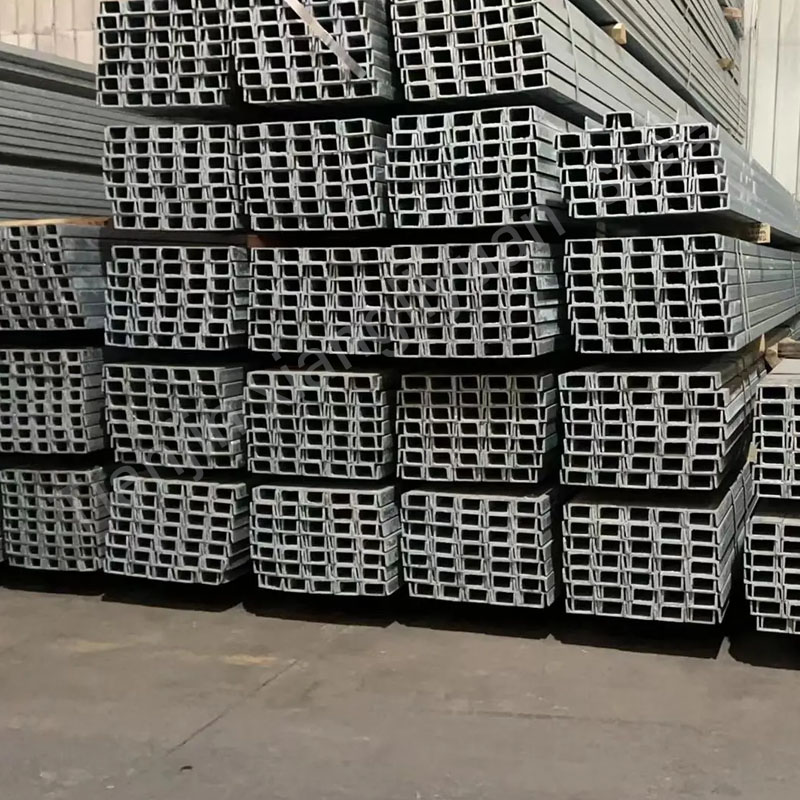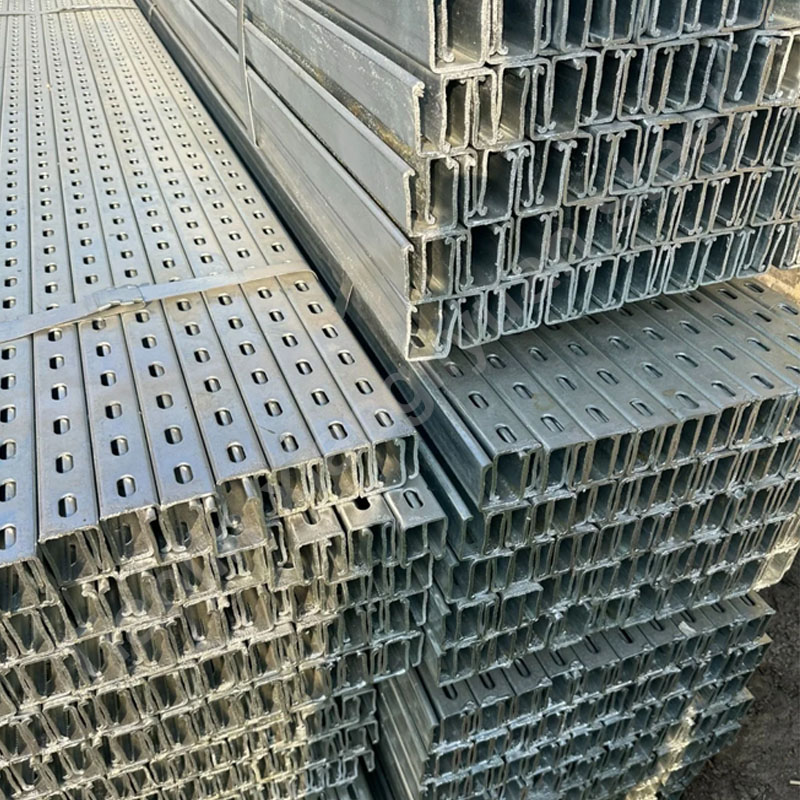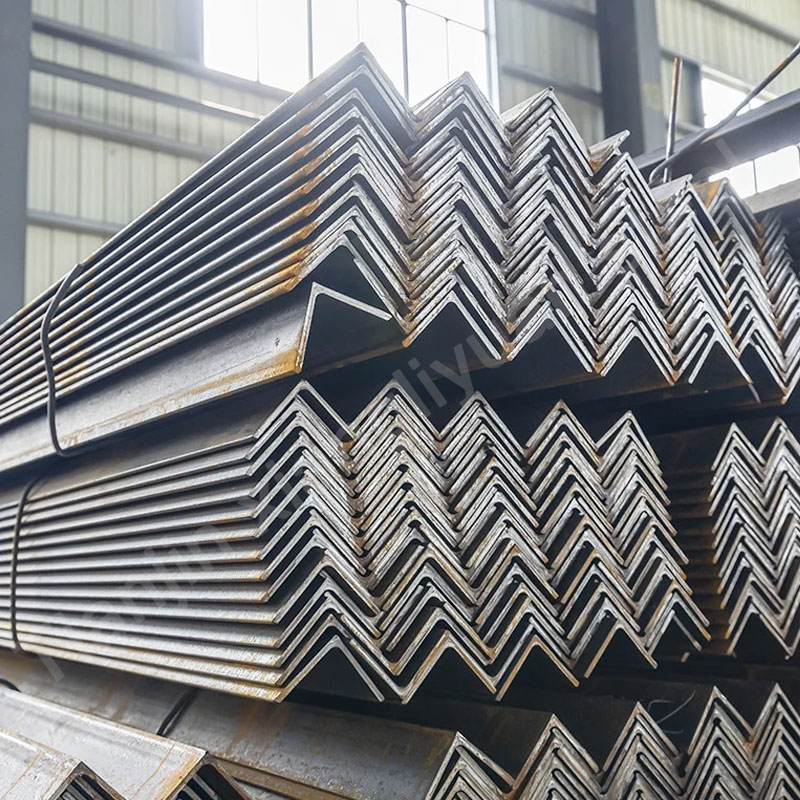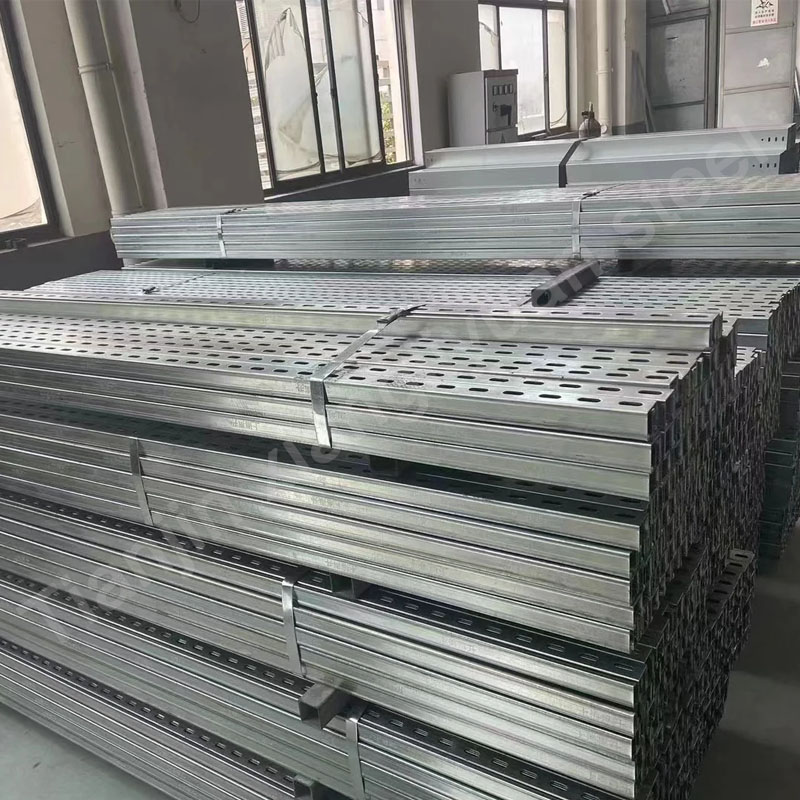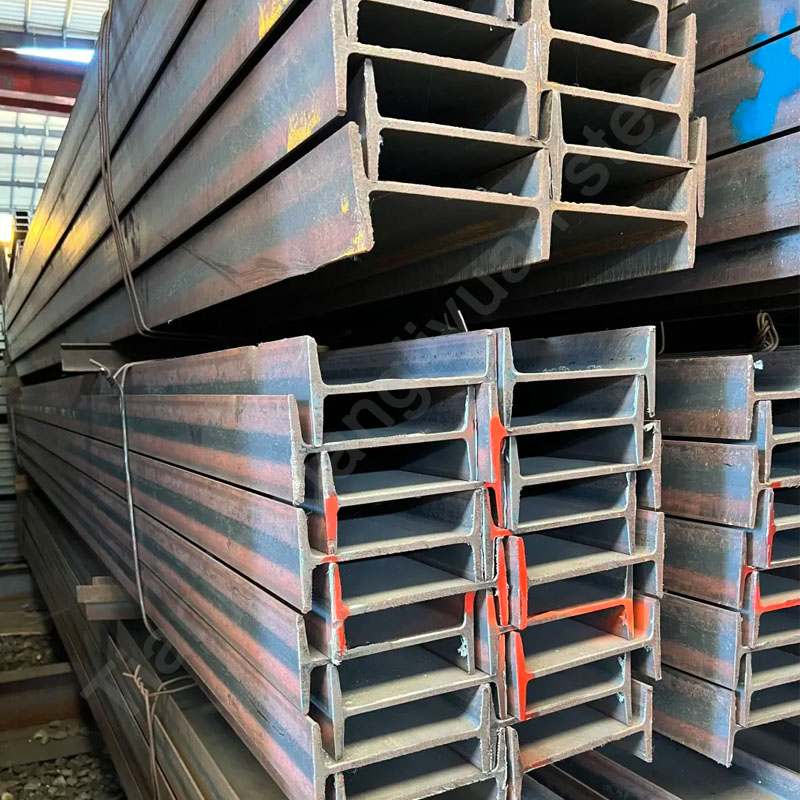Introduction to Channel Steel
Channel steel, commonly referred to as C-channel or U-channel, is a long, U-shaped structural steel profile with two vertical flanges connected by a horizontal web. This versatile shape provides excellent load-bearing capacity, bending resistance, and ease of fabrication, making it a staple in construction, manufacturing, and infrastructure projects. Channel steel is widely used in framing, supports, machinery bases, and architectural designs due to its lightweight yet durable structure.
This article explores the material grades, classifications, international standards, dimensional specifications, and applications of channel steel. Whether you’re an engineer, contractor, or procurement specialist, understanding these factors will help you select the right channel steel for your project’s structural and functional needs.
Key Materials and Steel Grades for Channel Steel
Channel steel is manufactured from various grades of structural steel, chosen for their strength, weldability, and corrosion resistance. Below are the most common materials:
1. Carbon Steel Channels
ASTM A36 (USA): General-purpose carbon steel with a minimum yield strength of 36 ksi. Ideal for construction and machinery.
EN 10025 S235JR/S275JR (Europe): Non-alloy structural steel for low to medium stress applications.
JIS G3101 SS400 (Japan): Rolled steel for general structures with 400 MPa tensile strength.
GB/T 700 Q235B (China): Carbon structural steel with 235 MPa yield strength.
2. High-Strength Low-Alloy (HSLA) Steel
ASTM A572 Gr. 50: Offers 50 ksi yield strength for heavy-duty frameworks.
EN 10025 S355JR/S355J2: High-tensile steel for bridges and industrial equipment.
3. Stainless Steel Channels
ASTM A554 (USA): Welded stainless steel tubing (grades 304, 316) for corrosive environments.
EN 1.4301/1.4401 (Europe): Austenitic stainless steel for architectural and food processing uses.
4. Galvanized Channel Steel
ASTM A653 (USA): Zinc-coated channels (G60, G90) for outdoor and marine applications.
EN 10346 (Europe): Hot-dip galvanized steel with enhanced rust resistance.
Classification of Channel Steel
Channel steel is categorized based on profile design, manufacturing methods, and application-specific features:
1. By Cross-Sectional Shape
C-Channel (Standard U-Channel): Symmetrical flanges and web for general structural use.
U-Channel (Unequal Flanges): One flange wider than the other for specialized supports.
Hat Channel: Resembles a top hat, used in ceiling and wall framing.
2. By Manufacturing Process
Hot-Rolled Channels: Produced by heating and shaping steel slabs; cost-effective for bulk orders.
Cold-Formed Channels: Made by bending steel sheets at room temperature; precise dimensions for lightweight frameworks.
3. By Application
Structural Channels: ASTM A36 or S355JR for building frames and bridges.
Machinery Channels: High-strength steel (A572 Gr. 50) for equipment bases.
Architectural Channels: Stainless steel or galvanized finishes for aesthetic and corrosive environments.
International Standards for Channel Steel
Global standards ensure consistency in mechanical properties, dimensions, and tolerances:
| Standard | Region | Key Specifications |
|---|---|---|
| ASTM A36/A572 | USA | Carbon and HSLA steel channels for construction. |
| EN 10279 | Europe | Hot-rolled steel channels (UPE, UPN profiles). |
| JIS G3192 | Japan | Dimensions and weights of hot-rolled channels. |
| GB/T 706 | China | Technical requirements for hot-rolled sections. |
| AS/NZS 3679.1 | Australia | Structural steel channels for engineering. |
Standard Dimensions and Specifications
Channel steel is available in standardized sizes to meet diverse industrial requirements:
Hot-Rolled C-Channel Sizes (ASTM A36)
| Designation | Depth (mm) | Flange Width (mm) | Thickness (mm) | Weight (kg/m) |
|---|---|---|---|---|
| C80x40x5 | 80 | 40 | 5 | 5.9 |
| C150x75x10 | 150 | 75 | 10 | 16.3 |
| C200x80x15 | 200 | 80 | 15 | 29.4 |
Cold-Formed U-Channel Sizes (EN 10279)
| Designation | Depth (mm) | Flange Width (mm) | Thickness (mm) |
|---|---|---|---|
| UPN 80 | 80 | 45 | 6 |
| UPN 120 | 120 | 55 | 7 |
| UPN 200 | 200 | 75 | 11 |
Common Lengths: 6m, 8m, 10m, and 12m (custom cuts available).
Applications of Channel Steel
Channel steel’s versatility makes it indispensable across industries:
Construction:
Roof trusses, wall studs, and floor joists.
Bridge girders and highway guardrails.
Manufacturing:
Machine frames, conveyor systems, and tooling supports.
Warehouse shelving and storage racks.
Infrastructure:
Electrical pole brackets and telecommunication towers.
Solar panel mounting structures.
Architecture:
Decorative façades, curtain walls, and canopy systems.
Stainless steel channels for coastal buildings.
How to Select the Right Channel Steel
Load Requirements:
Choose hot-rolled channels (e.g., ASTM A572) for heavy loads.
Opt for cold-formed channels (e.g., EN 10279) for lightweight framing.
Environmental Conditions:
Use galvanized or stainless steel in corrosive or outdoor settings.
Regulatory Compliance:
Ensure adherence to ASTM, EN, or JIS standards for safety certifications.
Why Choose High-Quality Channel Steel?
Durability: Resists deformation under stress and harsh weather.
Cost Efficiency: Reduces material waste and labor costs due to easy installation.
Customization: Available in pre-cut lengths, drilled holes, or welded assemblies.
Sustainability: Recyclable and compatible with green building certifications.
Channel steel is a cornerstone of modern engineering, offering unmatched flexibility for structural and aesthetic applications. By selecting the appropriate material (e.g., ASTM A36, EN S355JR), adhering to international standards, and understanding dimensional specifications, industries can optimize performance in projects ranging from skyscrapers to machinery bases.
For businesses seeking reliable channel steel, working with a certified supplier ensures compliance with global standards and a tailor-made solution. Discover Tianjin Xiangliyuan Steel’s range of hot-rolled, cold-formed and galvanized channel steel designed for construction, manufacturing and infrastructure needs.

